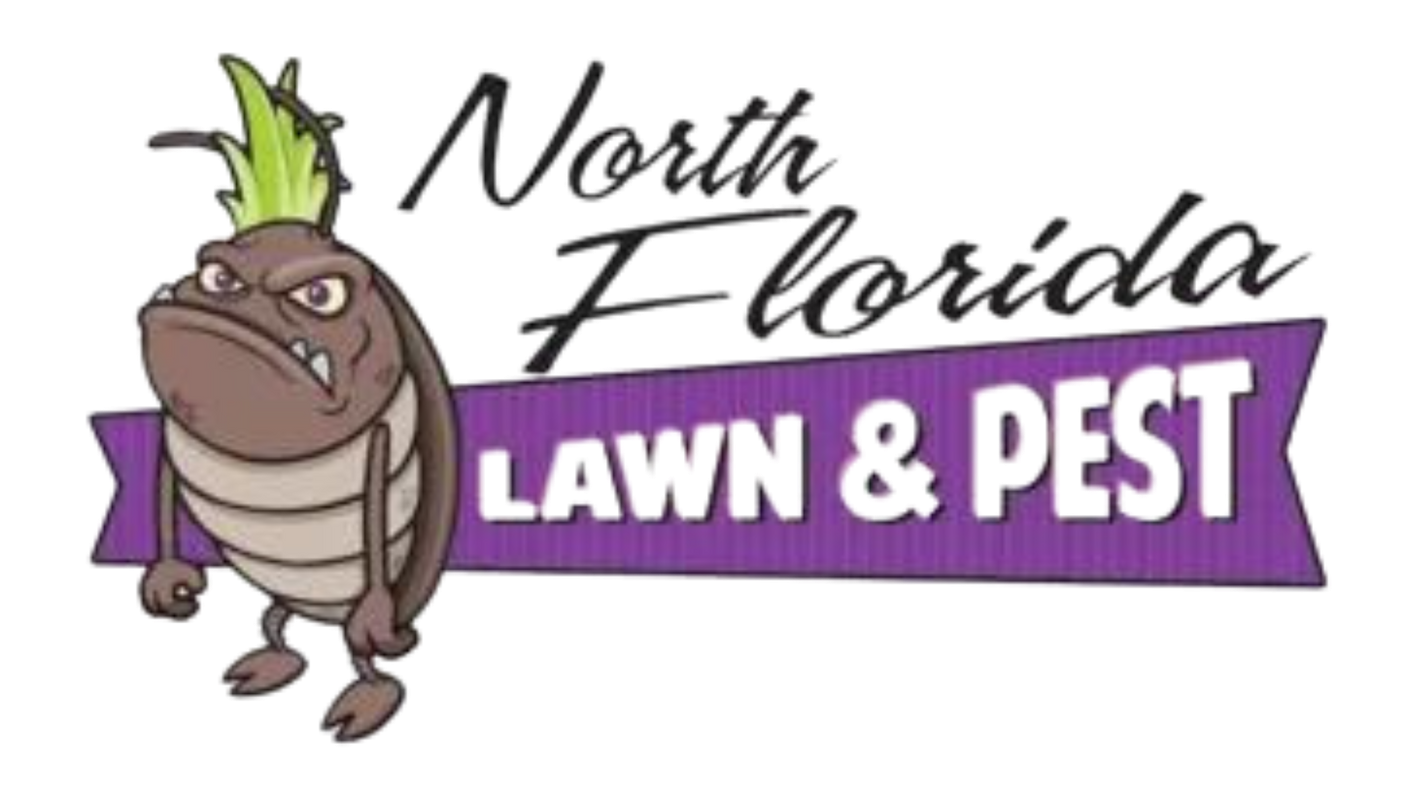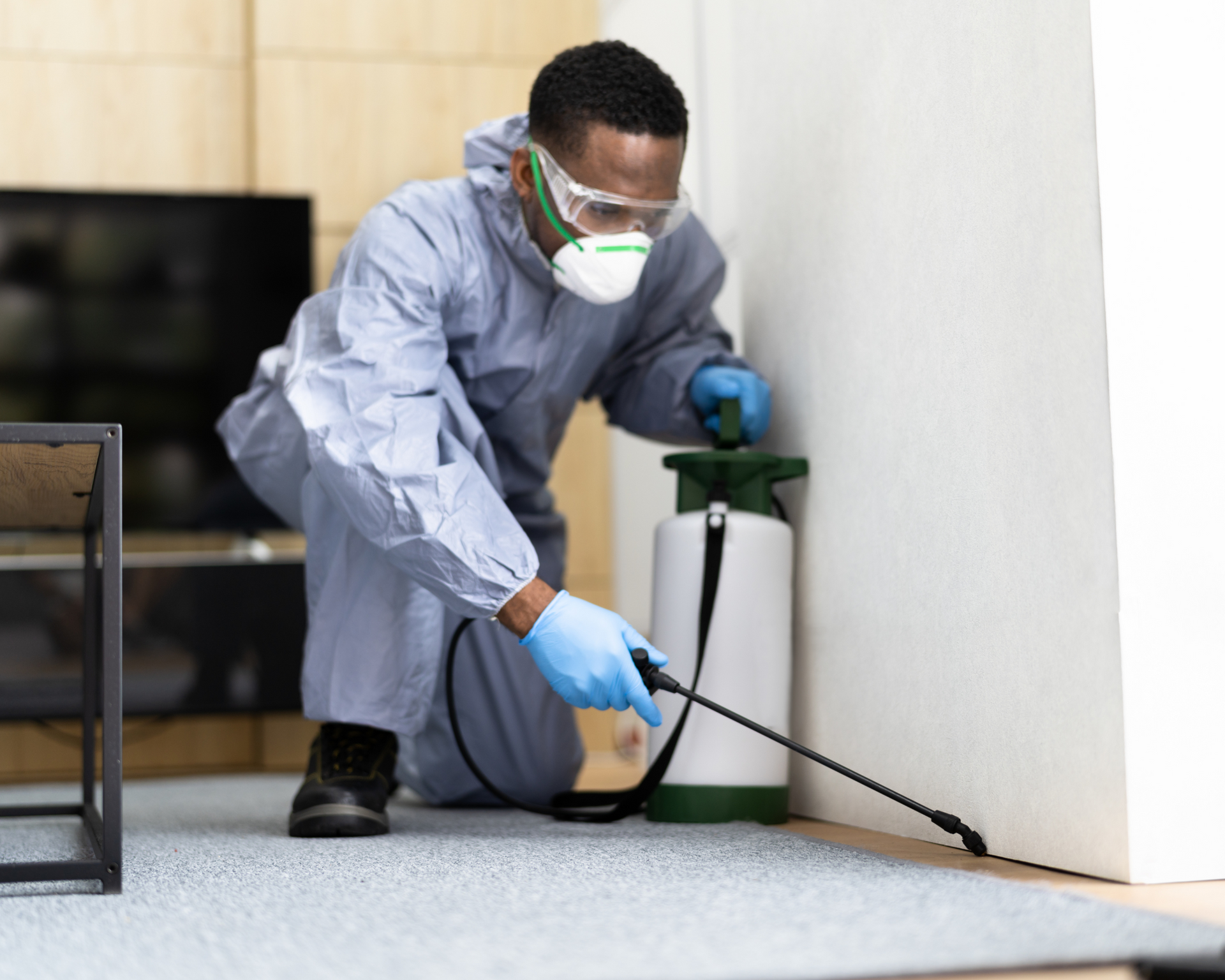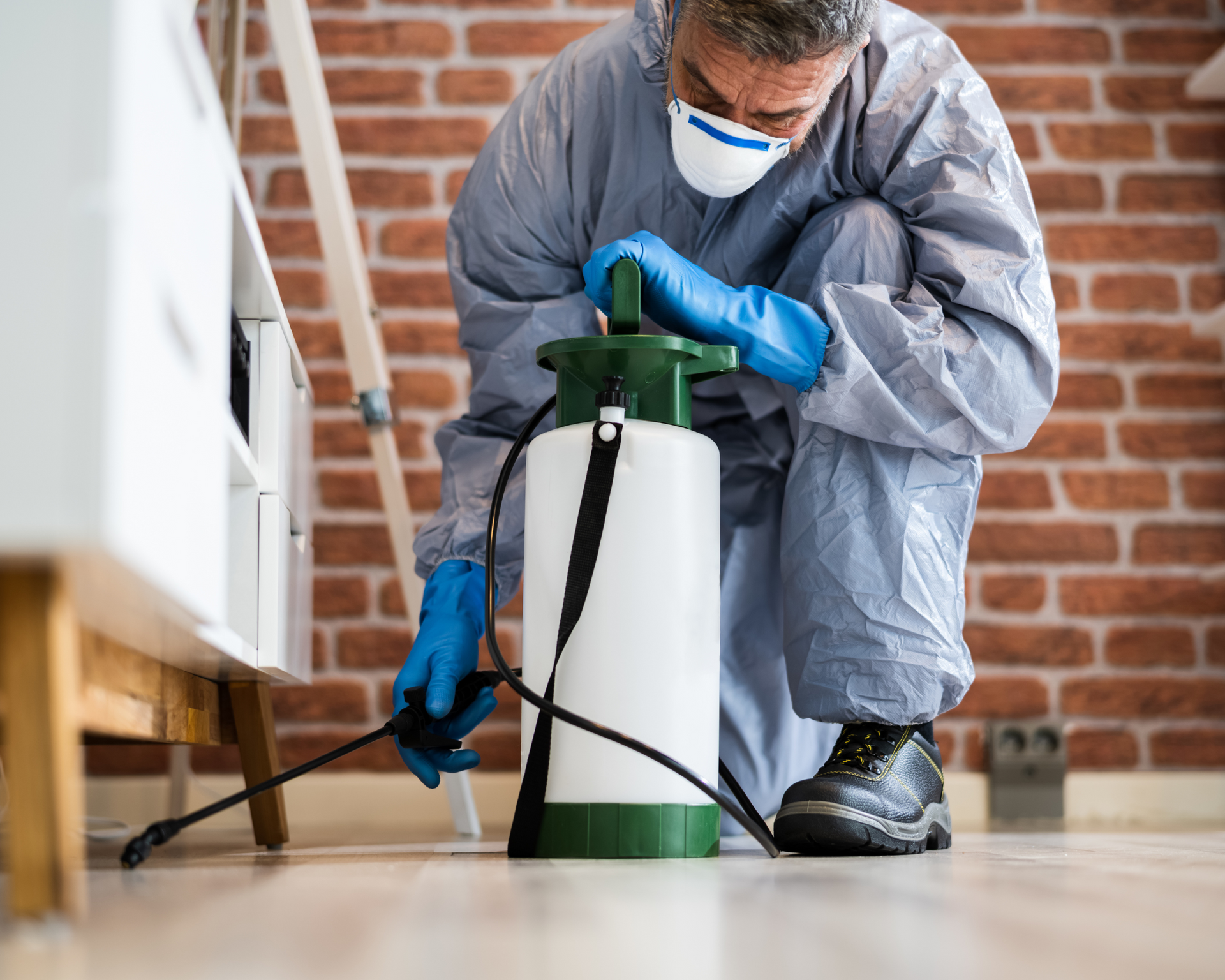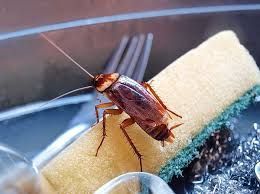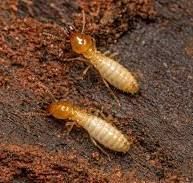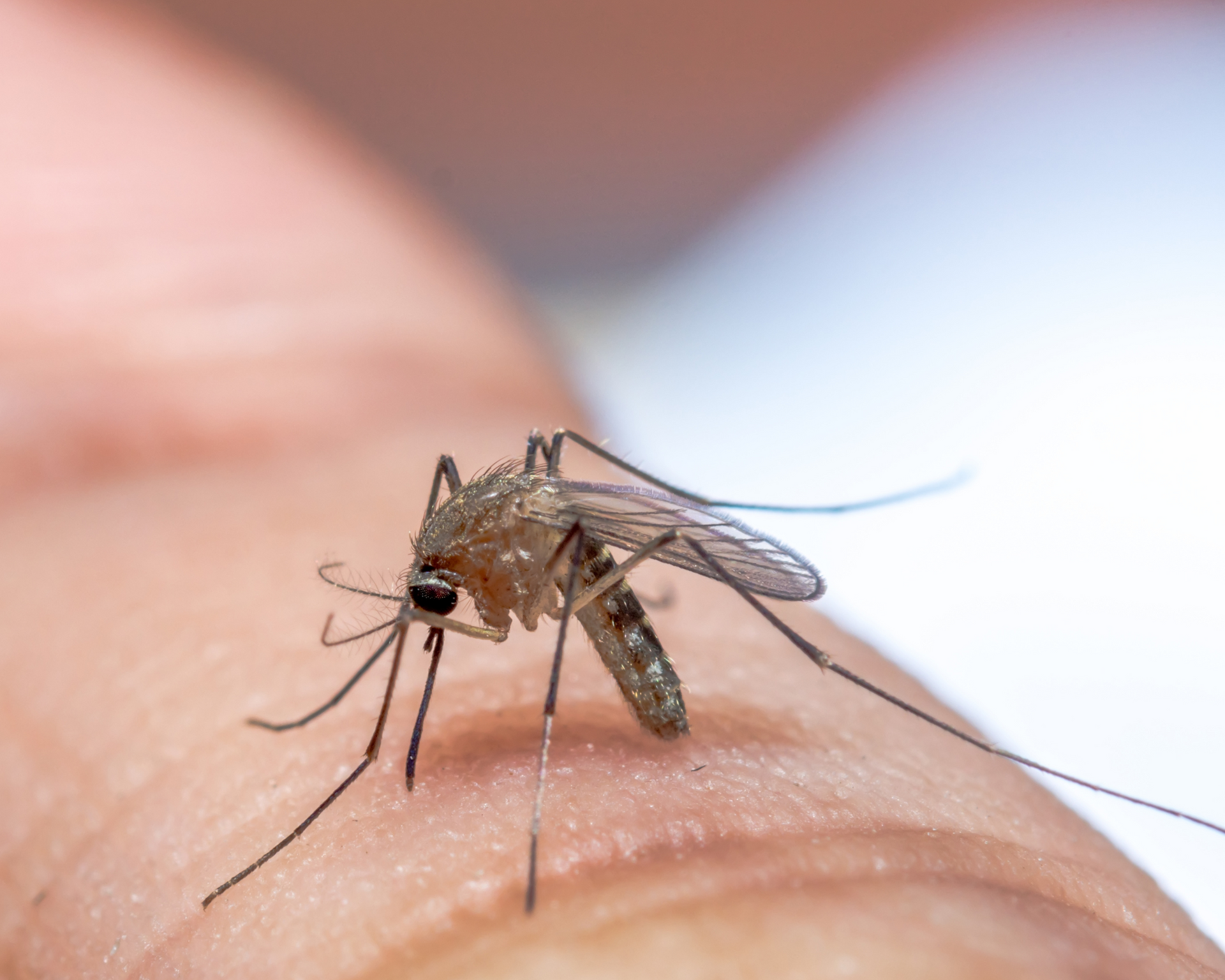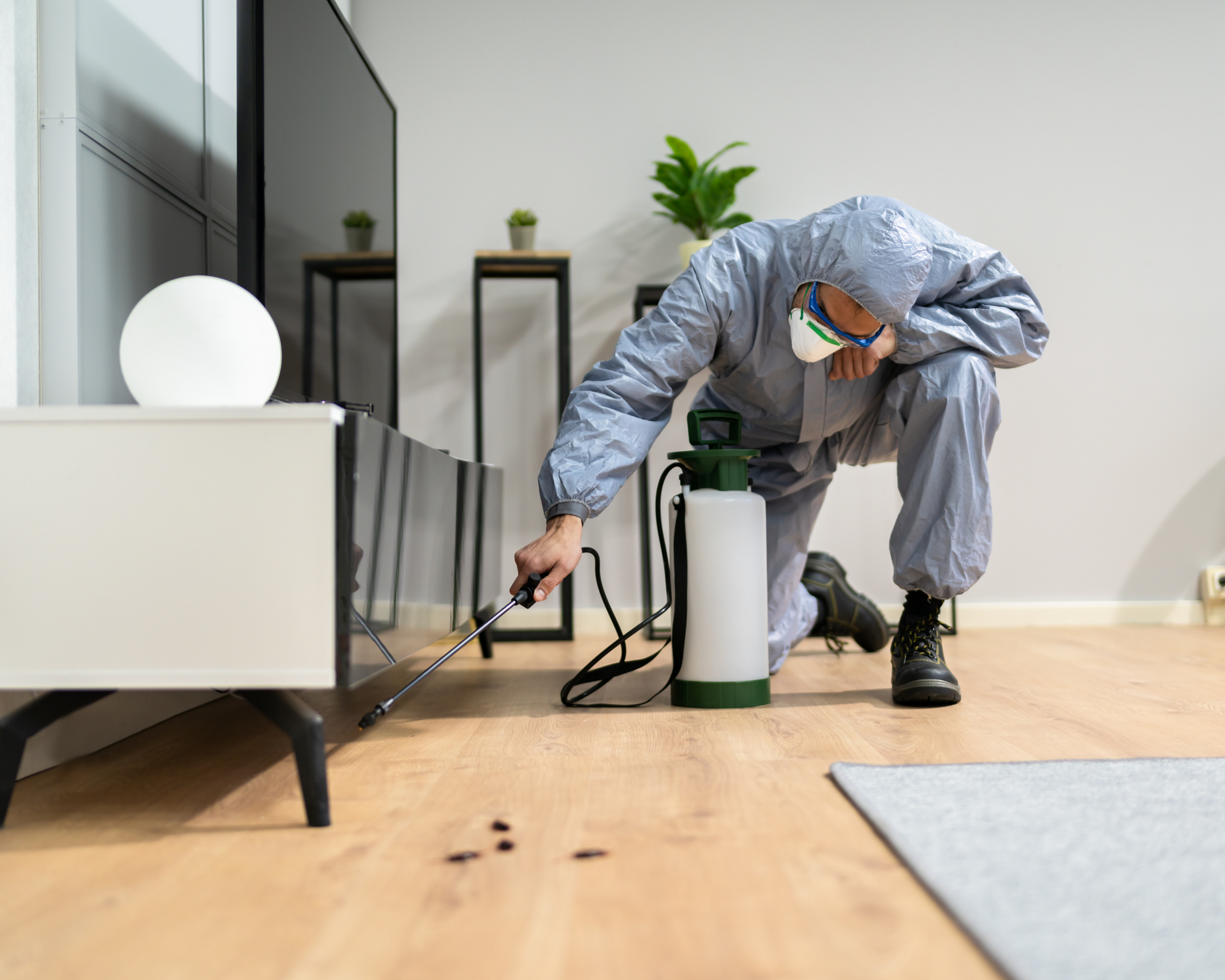How Long Should I Stay Out of the House After Pest Control?
When Is It Safe to Get Back in the House After Pest Control?
Are you a homeowner looking to have pest control done and don't know how long you will need to stay out of the house after the treatment? It’s a common concern, especially when ensuring the safety of your family and pets. Pest control services, though essential, often involve the use of chemicals that can be harmful if precautions aren’t taken. Understanding how long you need to stay away from your home after a pest control treatment can ensure a smooth and safe return to a pest-free space.
At St. Augustine Pest Control by NFLP, we understand the importance of keeping your home safe and protected from pests while maintaining the health and comfort of your family.
Factors Influencing How Long You Should Stay Out
The time you need to stay out of your home after pest control largely depends on several factors. These include the type of pest control treatment used, the chemicals or products involved, the size of your home, and the specific pests being targeted. Let’s break down these factors in detail.
1. Type of Pest Control Treatment
Different pest control treatments have varying guidelines for how long homeowners need to stay out. The three most common methods include:
- Sprays and Foggers: These are the most commonly used pest control techniques. Typically, after the application of sprays or foggers, you should stay out of the home for 2 to 4 hours, depending on the product used. This allows the chemicals to settle and dry, reducing the risk of inhaling any lingering vapors.
- Fumigation: This is a more aggressive treatment, often used for termites or when a severe infestation is present. Fumigation involves sealing off the house and filling it with a gas that eliminates pests. In this case, you will need to stay out of your home for 24 to 72 hours to allow the house to ventilate and the chemicals to dissipate.
- Baiting Systems: Bait stations are used for targeting specific pests such as ants or rodents. These treatments pose a minimal risk to homeowners and pets since they are usually confined to specific areas. In most cases, you can return home immediately or within an hour after the treatment.
2. Chemicals and Products Used
Different pest control products contain varying levels of toxicity. While modern pest control solutions are designed to be less harmful to humans and pets, it’s crucial to give the chemicals enough time to dry or disperse. The active ingredients in most pest control sprays, for example, break down over a few hours. Make sure to ask your pest control technician about the specific products being used in your home and follow their recommendations closely.
3. Size of Your Home
Larger homes may require more extensive treatments, which can extend the time needed for chemicals to settle or dissipate. If your home requires multiple areas to be treated, or if different types of pests are being targeted simultaneously, your technician may advise you to stay out longer than usual.
4. Type of Pest Being Treated
Certain pests, such as termites or bed bugs, may require more intense treatments, including fumigation. These methods usually come with stricter guidelines on re-entry to ensure all pests are thoroughly eliminated and the environment is safe. For smaller infestations or less invasive treatments, you can typically return home sooner.
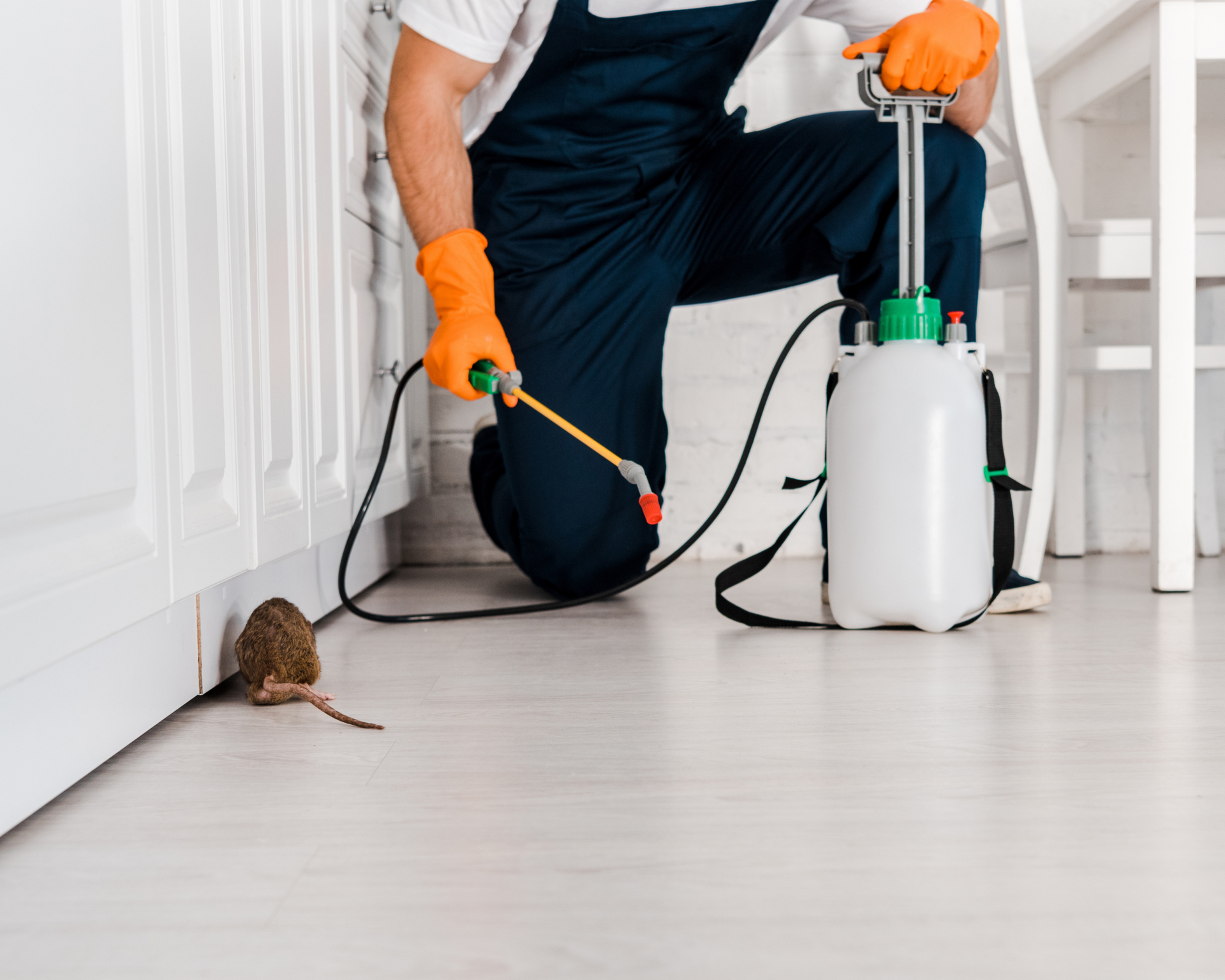
Why Following Guidelines is Important
When pest control treatments are carried out, staying out of your home for the recommended time is crucial for several reasons:
1. Safety: Pesticides, when freshly applied, can still emit fumes or particles that can be harmful if inhaled. Children, pets, elderly family members, and those with respiratory issues are especially vulnerable to these chemicals. Following the advised stay-away period ensures everyone’s safety.
2. Effectiveness of Treatment: The longer you give the chemicals time to work without disturbance, the more effective the pest control treatment will be. This includes allowing baits and residual sprays to settle without being wiped away too early or walked on by pets or people.
3. Peace of Mind: Returning to a home that has been given adequate time to ventilate and settle provides peace of mind for you and your family. By following your pest control company’s recommendations, you can rest easy knowing your home is safe.
Tips for Preparing Before Pest Control Treatment
To make the pest control process smoother and safer for your family, here are some practical tips to follow before the treatment:
- Cover or Remove Belongings: Items like toys, pet dishes, and bedding should be removed or covered to avoid contamination. This will make clean-ups easier once you return.
- Plan for Pets: Ensure your pets are removed from the home during treatment and kept out for the recommended period. Fish tanks, for example, may need to be covered to prevent exposure to airborne chemicals.
- Ventilate When You Return: After the waiting period, open windows and doors to ventilate your home and ensure that any lingering chemical smells dissipate.
Want To Get More Insights? Contact Us
Understanding how long you should stay out of the house after pest control treatment depends on the method used, the chemicals involved, and the size of your home. For most treatments, a waiting period of 2 to 4 hours is common, but more intensive treatments like fumigation require longer.
At St. Augustine Pest Control by NFLP, we are committed to providing you with detailed guidance tailored to your home and specific pest concerns. Following these recommendations ensures both the safety of your family and the effectiveness of the treatment.
If you have any concerns or questions about your pest control needs, don’t hesitate to contact us for personalized advice and professional services. Let’s make your home a safe, pest-free environment!
Like this post? Share it here...
